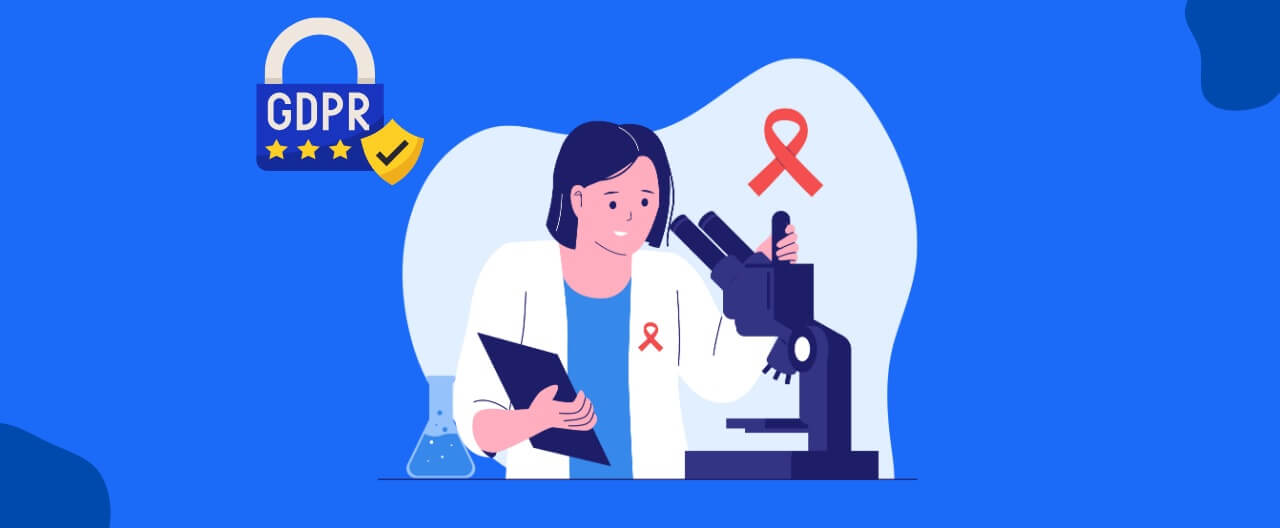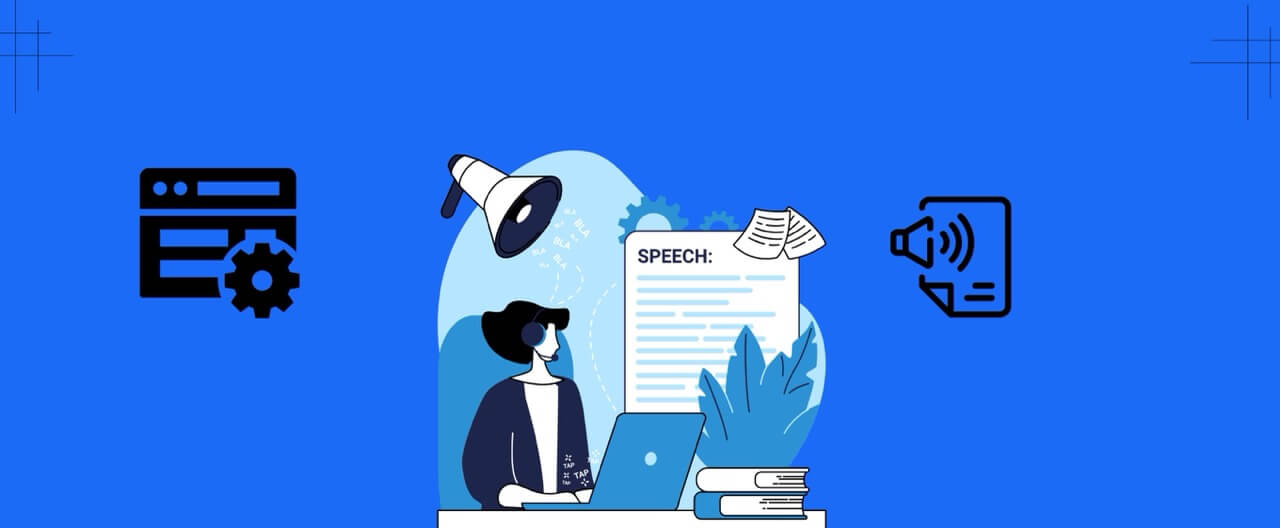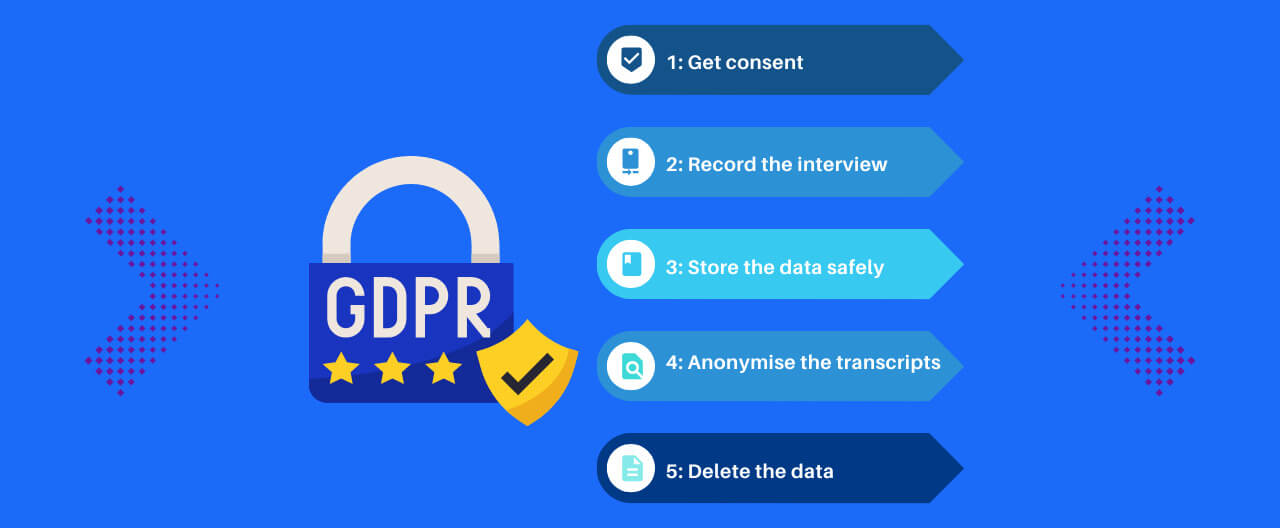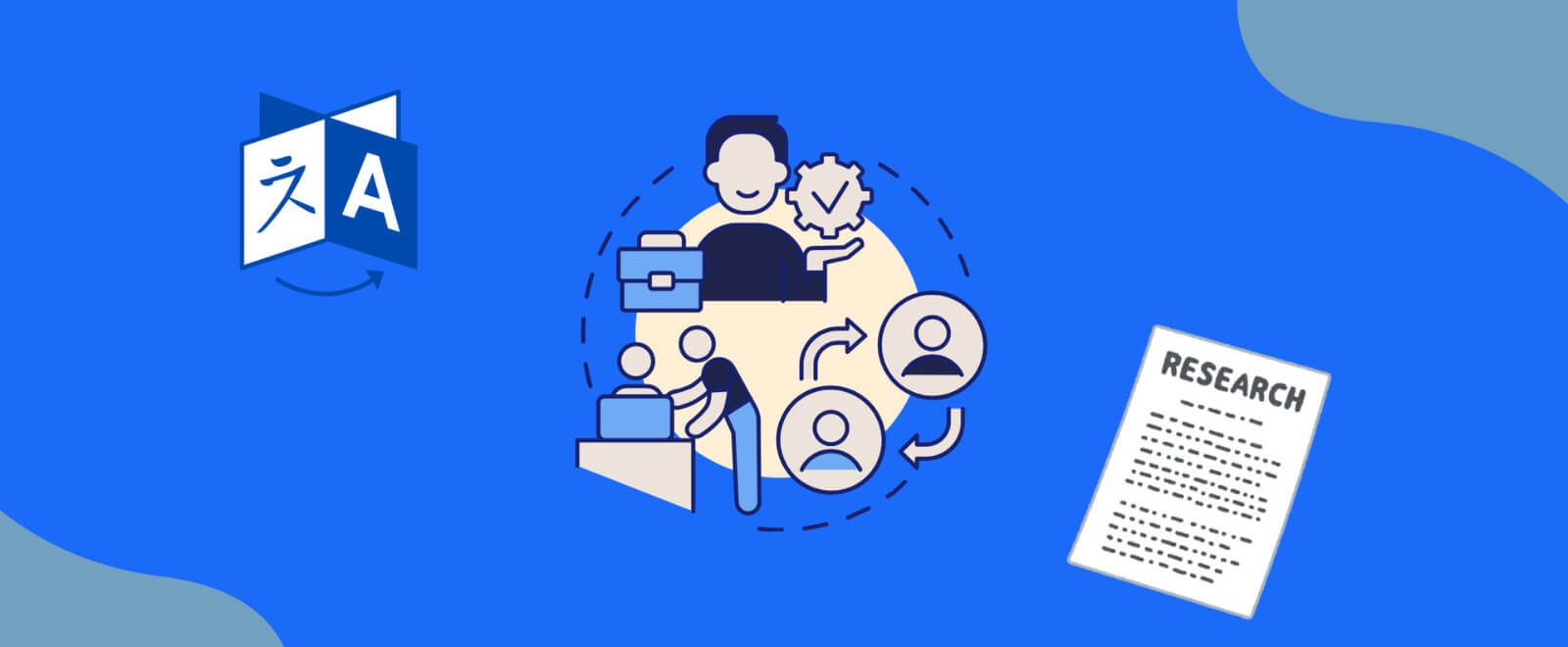You may think that the quality of your research is the first parameter you should be wary of whilst dealing with transcription. However, choosing the right GDPR transcription software is integral for having security & privacy, which, when compromised, can be detrimental for anyone, legally & reputationally.
In case the participants of your research are from the EU, then treating anonymized transcription as an afterthought may be a huge mistake. In the US, universities, hospitals, & the renowned research firms collaborate with EU partners, making the bar for privacy higher. The key to all these complications is to hunt for compliant transcription software for a secure workflow that can make your life easier.
Introduction: Why Data Privacy Matters
In the research world, your brand’s name & value come second, while the trust factor takes the first place. This contract of trust is built on the pillar of how seriously you tackle data privacy. For instance, if a participant assents to an interview, they’re bound to reveal some stories or vulnerabilities. Unless you are using secure transcription services, there’s a high possibility of at least a nickel-sized leak, which can cause irreversible damage.
For U.S.-based teams collecting EU data, GDPR’s extraterritorial scope is a mandate; consequently, your recording, encrypted audio to text processing, and deletion practices must meet their standards. With such strict compliance, it is natural to be concerned about the speed of your GDPR transcription software. However, with the right choice, such as tools like Konch.AI, you can limit your manual work & solidify your audit trail, leading to fast approvals from the concerned supervisory body.
Key GDPR Principles in Transcription
If you’re actively engaged in the transcription of interviews, usability tests, oral histories, etc, you’re directly in touch with personal data, which marks it as a sensitive case. The below GDPR concepts should be the principles that you carry in mind:
Consent Management
It goes without saying that the consent must be informed, revocable, freely given, and specific.
1. The participant agrees to recording & research audio transcription GDPR processing & is aware of all the parties who’d access them.
2. To use all your research data strictly for research & no marketing or PR activities.
3. To explain safeguards in your consent forms in the event of storing or processing data outside the EU.
4. Participants can withdraw consent without penalty.
5. The time of storing the recordings & transcripts should be transparent. Additionally, there should also be a layer of transparency of your secure data retention schedule & when they’ll be deleted.
Data Subject Rights
Honor all your participants' rights with the following in mind:
1. To provide access to recordings or transcripts upon request.
2. To correct any inaccuracies or rectify errors in the transcripts when informed.
3. Deleting recordings & derivatives where lawful. This shall also include backups.
4. Pausing any processing if a participant contests accuracy or use.
5. To facilitate portability & if feasible, export data in a common format.
What Makes a Transcription Service GDPR-Compliant?
You may hear of several parameters to consider before making a decision. However, choosing GDPR transcription software is a mixture of legal due diligence & engineering reality. As a brand, you must look for the following pointers before commencing the use of any tools’ services.
Encryption
For transcripts & recordings, consider end-to-end TLS in transit or AES-256. If the content is truly sensitive, you should also look out for field-level encryption for identifiers.
Data Residency Options
Your compliant transcription software should give you the ability to keep data in the EU or other approved regions.
Role-based Access Control (RBAC)
There should be a limitation on who can view, edit, download, or share the recordings. Your tool should allow you to enforce MFA/SSO, session timeouts, etc, wherever appropriate.
Audit Logs
It’s always a boon to have immutable logs for edits, uploads, & deletions, which support investigations & IRB audits.
Redaction & pseudonymization
Several native tools for anonymized transcription with reversible keys are recommended to be stored separately if the need arises to re-identify later.
Although these are technical & subtle pointers, it’s practically integral to examine them. Tools like Konch AI pair high-accuracy encrypted audio to text with RBAC, audit trails, and retention settings that support all the compliance goals. Even for live interviews, KonchMate can capture sessions with consent prompts for a controlled workspace.
Step-by-Step Secure Research Workflow
You may come across several approaches for a secure research workflow. However, here’s a 10-step framework that’ll take you to the finish line.
Map your Data & Risk
Classify all your recordings or transcripts by sensitivity, i.e., public, internal, confidential, etc. If it falls under the category of high-risk, consider conducting a DPIA.
Selecting your Stack
Choose compliant transcription software with EU residency, DPA availability, & detailed security docs.
Design your Identities
Consider creating least privilege roles for Coordinators, PIs, transcribers, analysts, etc.
Consent Intake
Standardize consent forms that entail retention, transcription, recording, and cross-border transfer language. An additional tip: Store all the consents separately from the data to avoid linkage risks.
Capture Securely
Name your files consistently and avoid using personal names for naming them. For live sessions, it’s recommended to use reliable tools, such as KonchMate.
Upload via Secure Channels
Use HTTPS uploads & disable email attachments unless encrypted. You may also prohibit local desktop exports.
Transcribe with Privacy Features
Enable anonymized transcription: auto-redact PII, apply speaker labels, and strictly mask unique identifiers.
Review & Tag
The most integral pointer is to perform quality checks, tag segments with themes rather than names. The next step is to add legal retention tags.
Store & Share Minimally
Your master files should be locked away in safe repositories. When sharing, paste view-only links and watermark exports.
Delete
Automate secure data retention rules. On withdrawal, trigger deletion of transcripts, recordings, and notes.
Irrespective of your brand’s scale, this workflow helps in reducing the compliance load on your researchers.
Compliance Checklist
Before you begin transcribing sensitive research content with any tool, adhere to the below GDPR compliance checklist to tick off both, legal and ethical areas.
Obtain Informed Consent
Document all the explicit consents from participants for storing data, recording, etc. Additionally, you can also include the right to withdraw consent at any time.
Use Encrypted Tools
Prefer using encrypted audio-to-text solutions that secure data during upload, storage, and processing.
Anonymize Sensitive Data
Make it a habit to remove or mask participant names and confidential references before sharing transcripts.
Data Retention & Deletion Policy
Maintain a clear definition of how long the transcripts will be stored and ensure deletion when the period ends.
Access Controls
Restrict transcription access to authorized researchers only.
Audit Trails
Maintain records of who accessed, modified, or downloaded the transcripts.
Regular Compliance Reviews
Facilitate periodic audits of transcription workflows to detect & fix compliance gaps.
Case Example: University Use Case
Let’s surmise our learnings with an example.
A U.S. university’s public-health lab is conducting a multi-country qualitative study on a topic with EU participants recruited through local partners. They are running most of their interviews via platforms, like Zoom. The team is looking for fast turnaround, accuracy, & privacy.
Approach
1. The PI selects GDPR transcription software that offers EU data residency & a signed DPA. The team made use of KonchMate for live meetings with a consent prompt.
2. The data manager configures RBAC; only the PI, coordinators, and the relevant analysts can access raw recordings. The rest of the parties can only access the processed transcripts.
3. During the stage of transcription, anonymized transcription auto-redacts names, emails, and phone numbers.
4. A secure data retention rule deletes recordings after 90 days and transcripts after 180 days.
This example showcases the difference between ‘we might be compliant’ to ‘we are 100% compliant.’
Conclusion
GDPR compliance is a calculated design choice. With a compliant transcription software with privacy-by-default control, you can build the ideal workflow with less risk. Your participants would benefit from transparency and control, while your brand will benefit from a stronger brand value with simpler audits. Explore GDPR-compliant research transcription and the advanced capabilities of a platform that help you protect and secure research data from capture to deletion. Give your researchers a workflow that they can trust with Konch AI.




